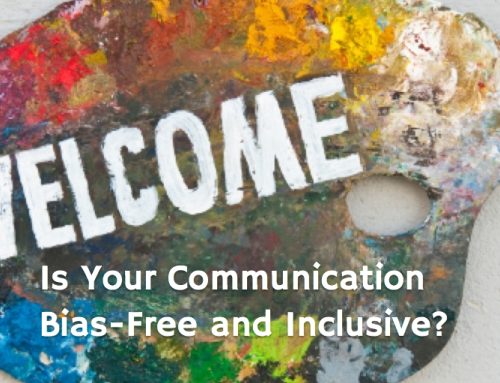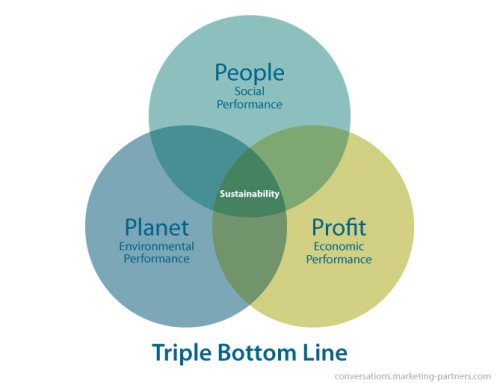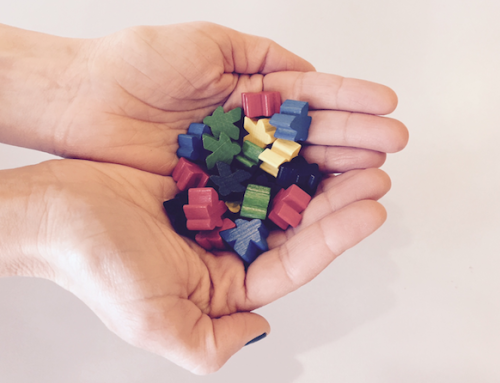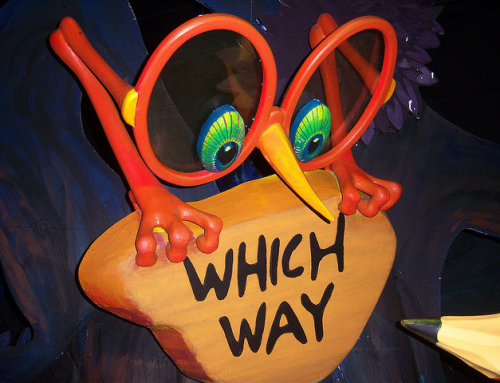We’ve written before about the importance of making emotional connections when telling your story whether you are being interviewed by the media, speaking to an audience or talking to someone one-on-one. After all, we humans are emotional creatures. Stories that touch, are stories remembered.
Recently, I was again reminded of the power of emotions in our work when I came across the list of the most beloved companies in the world. The APCO Worldwide Survey measures “consumers’ emotional attachment to a brand.” Companies like Disney, Yahoo!, Google and Apple were among the top ten.
Real stories, real people
The stories we refer to and that have helped create many powerful brands are not “spin” or made up. They exist, they are genuine, they have happened or are happening—usually, a client just needs help discovering their stories and putting them into words and images that will resonate.
We help clients do this by talking with them as well as interviewing their customers, clients or others who know and have worked with them over the years. Through this process we often uncover other compelling stories that a client may not even be aware of.
Over the years, I have heard many stories that trigger an emotional reaction. It’s that shiver of excitement that tells you, “Yes, I want to be a part of this…I want to help this client succeed at creating this positive change.” This is why I do what I do!
Kittens, puppies and happy, healthy children
We can all think of ads that appeal to our emotions. For me, the Kleenex and Maxwell House coffee commercials were always good ones for creating that lump-in-the-throat, teary-eyed feeling. The Make a Wish Foundation has a wonderful spot running right now. Who wouldn’t want to help Make a Wish go out and grant every child’s wish after seeing this?
And it’s that type of reaction you want to create for everyone you share your story with.
So how do you achieve that? How can you tell a story in a way that really connects with your audience? Well, it’s not done by overwhelming your audience with numbers, boring facts and figures and spreadsheets. (You don’t want to sound like the stereotypical heartless businessperson especially when dealing in the non-profit world.)
Here’s an example: Let’s say you are on the board for your local humane society and need to raise funds for new facilities. You could stand in front of your audience and share all sorts of graphs and bar charts that show the cost benefits or ROI of accommodating more unwanted animals and creating more successful adoptions. Or, you could share stories about successful animal adoptions (maybe your own personal story of how you adopted a stray). You could include heartwarming photographs of stray pups that have been nursed back to health, adopted and are now making happy memories for children and their families. Which version do you think will be more effective?
Strike a balance between the head and the heart
This isn’t to suggest that every presentation should be full of kittens, puppies and babies with little regard for the dollars-and-cents facts. If you are seeking donations to advance your mission, you want to include the economic facts that support your story so donors know their hard-earned money is working hard. Knowing your audience and their needs will help determine just how deep you need to go and which “returns” will resonate.
Telling your story
It’s more about finding the right mix or balance. Leading with the heart will grab your audience’s attention and sprinkling in just enough facts will let them know their donation or support is money or time well spent.
What ad, news story or presentation has touched you lately?
Additional Reading
Taking PR To an Emotional Level: It’s High Time for Empathetic Marketing
Storyboard 75: The big book of narrative
photo: Que Paso? by noalsilencio on flickr








